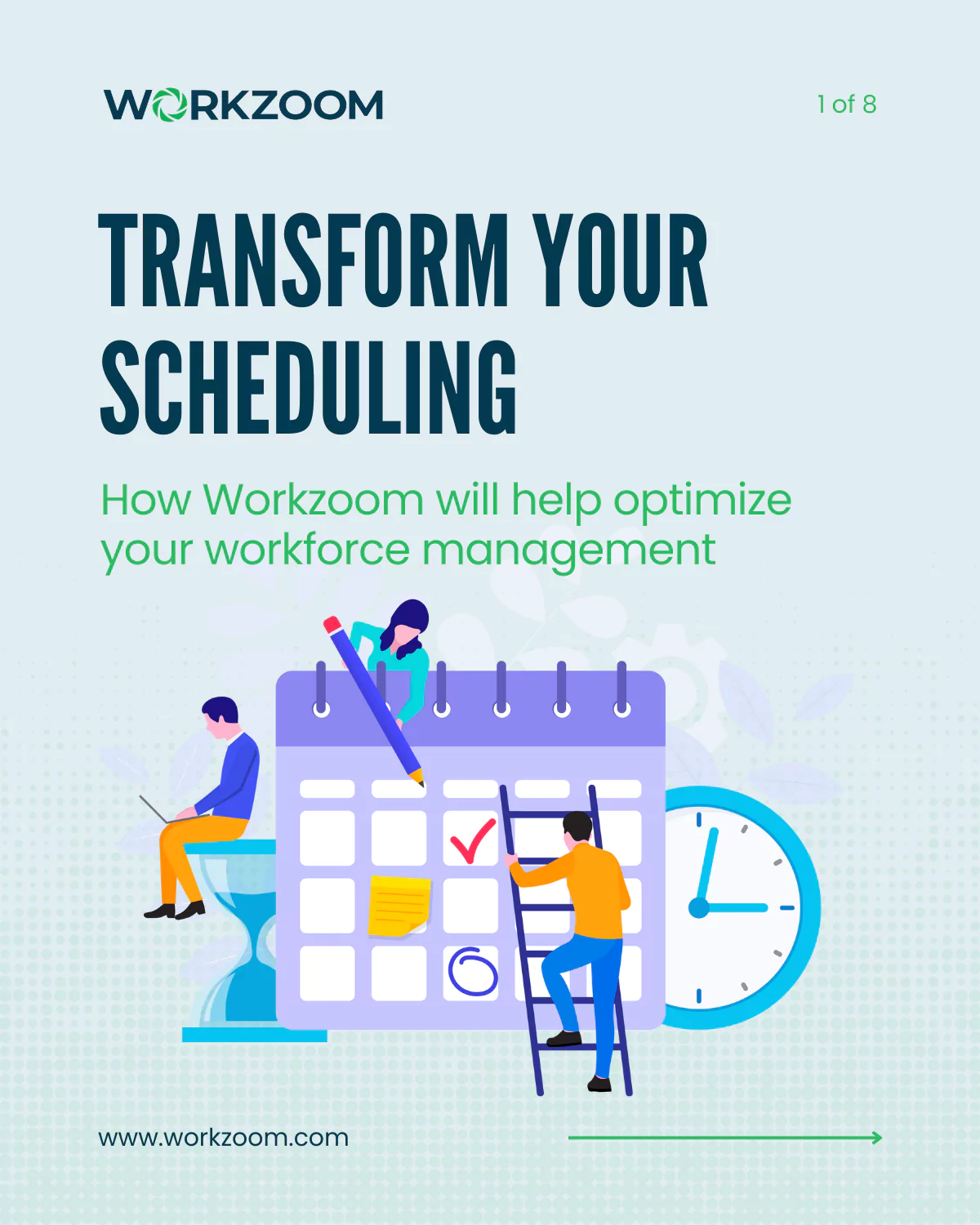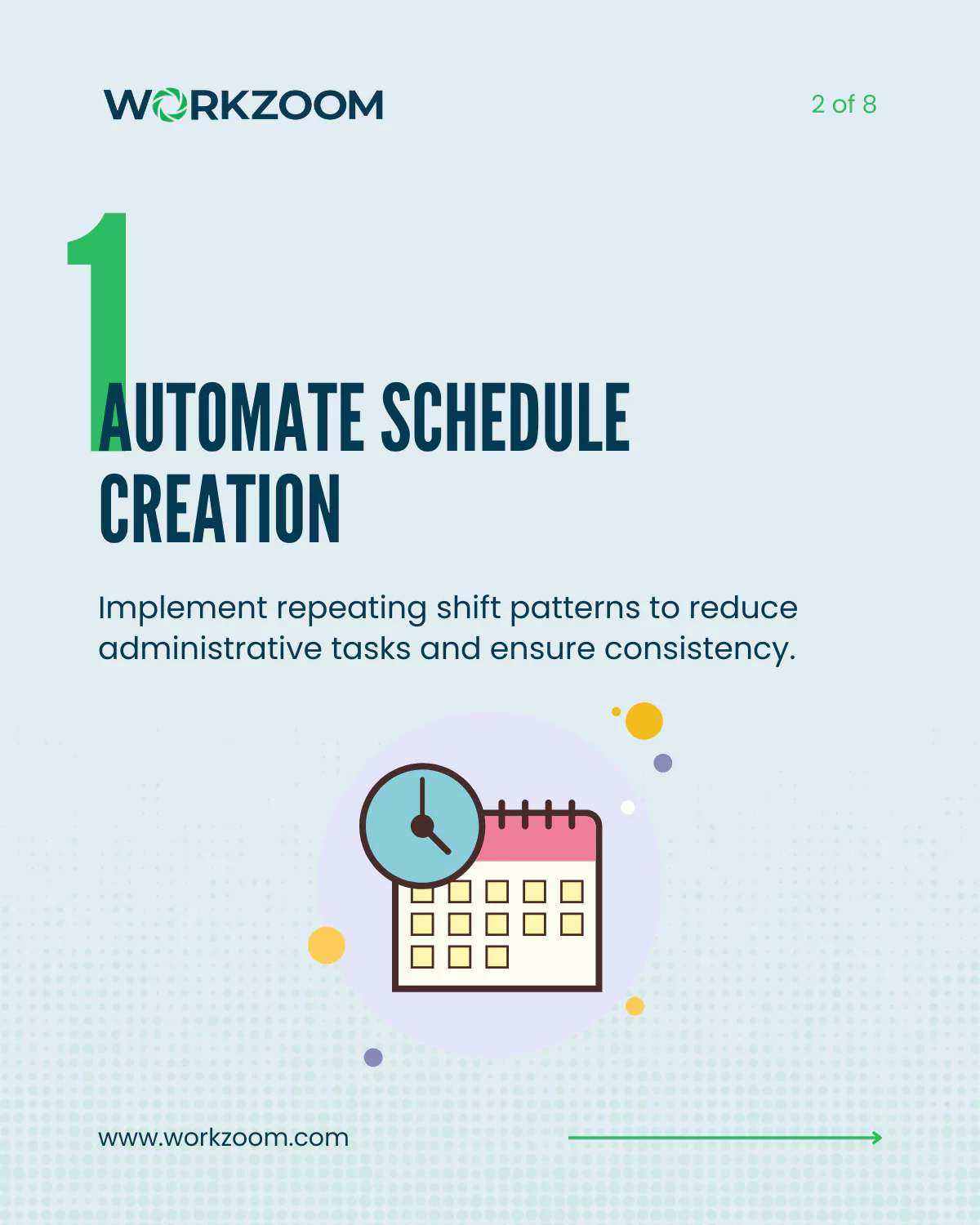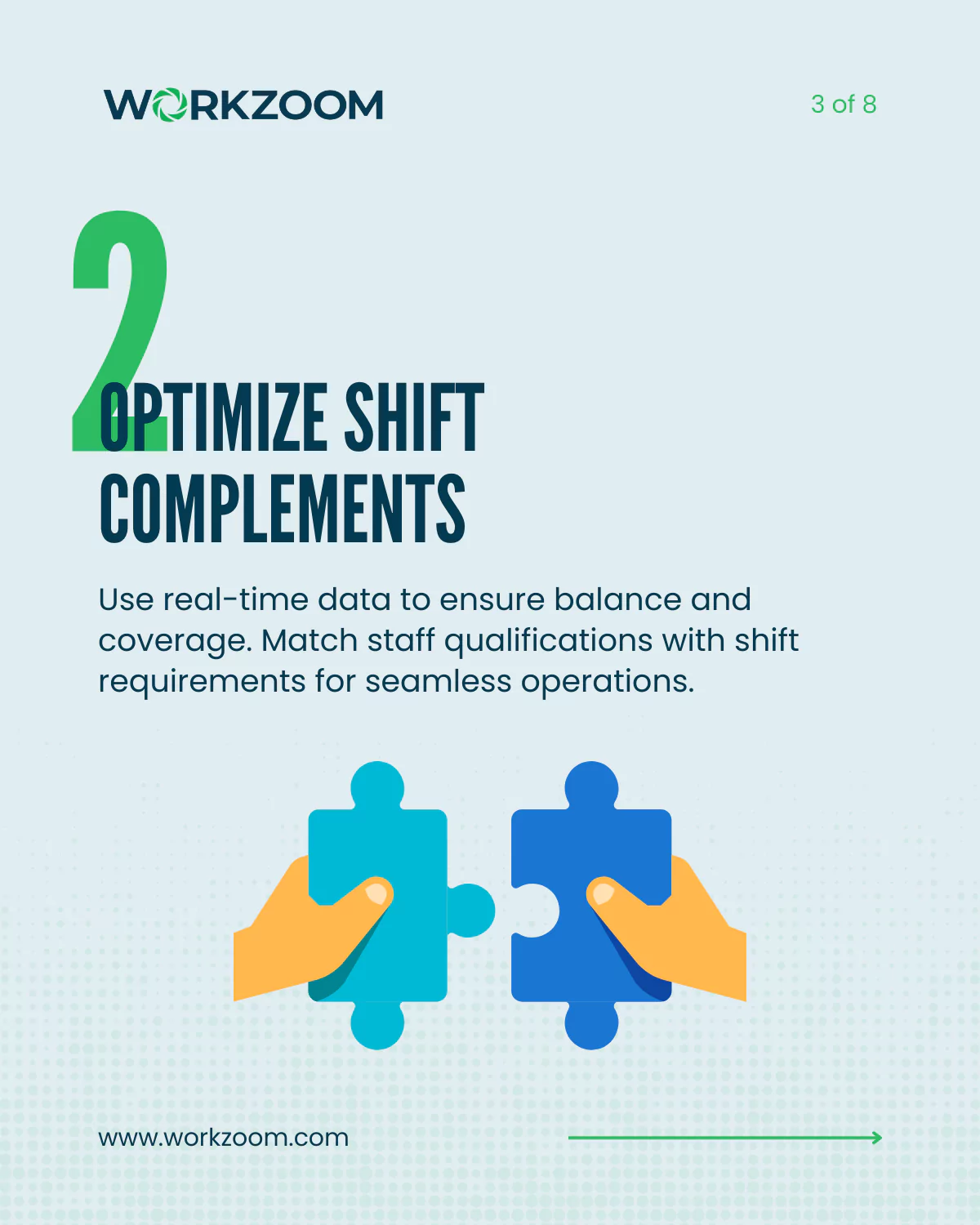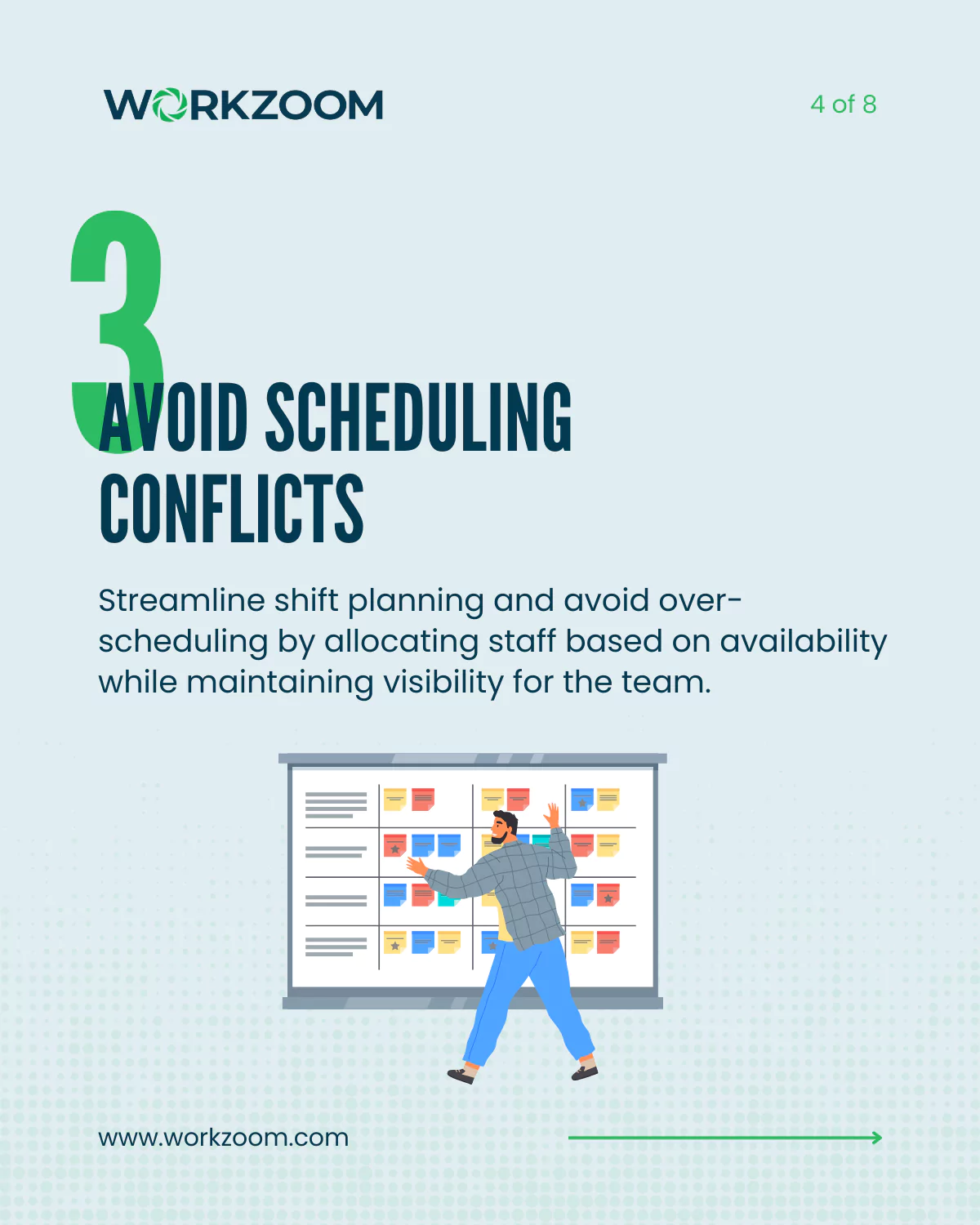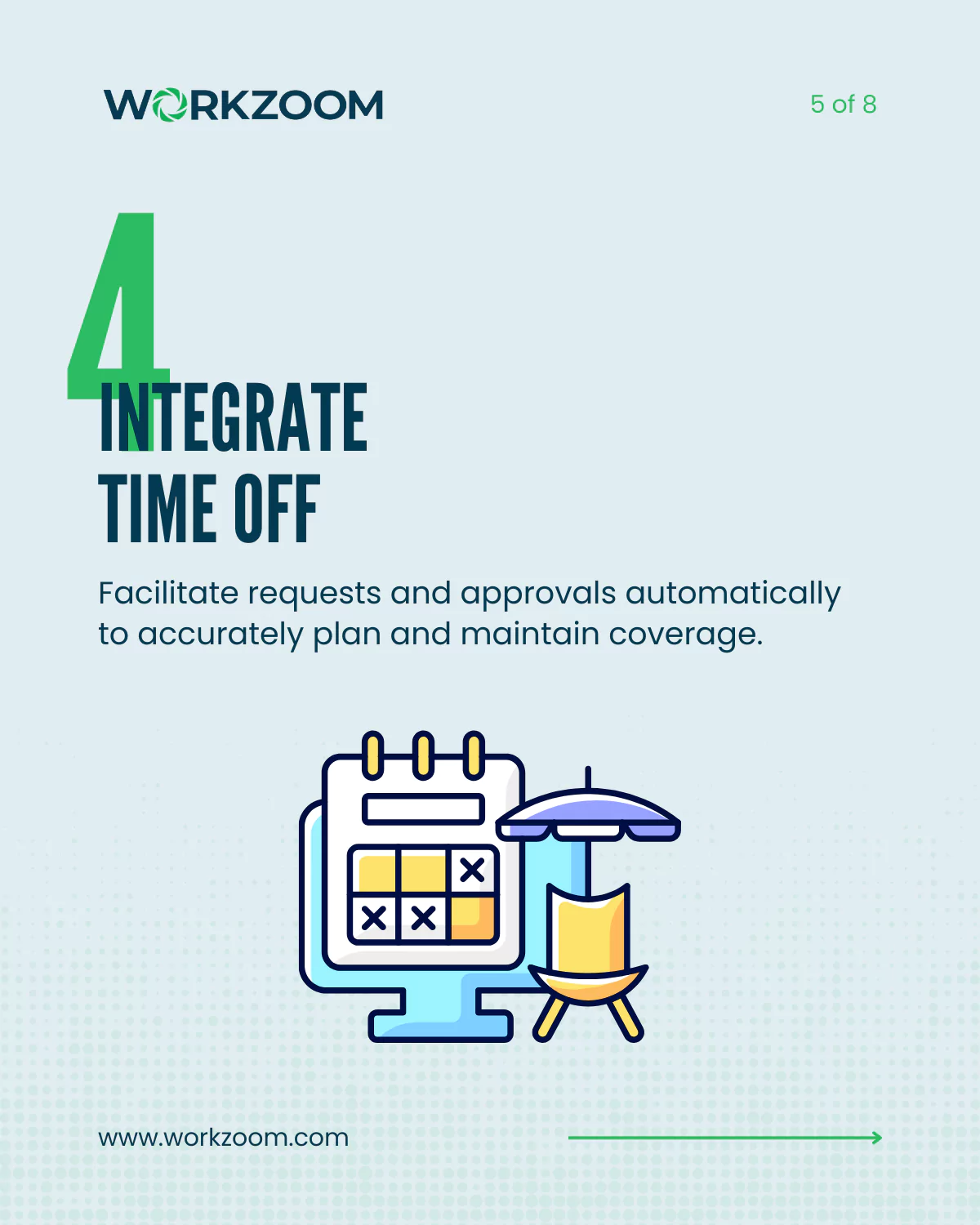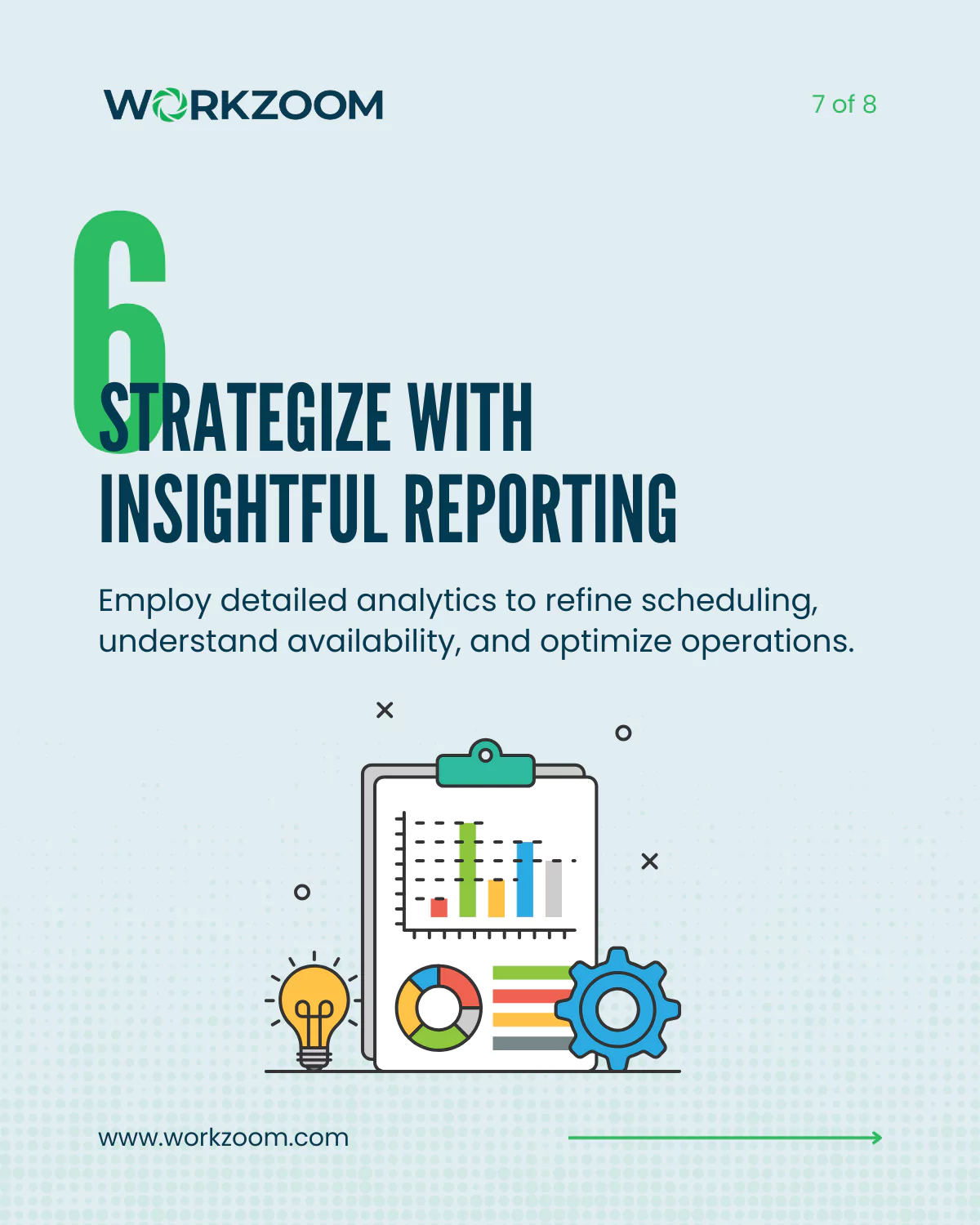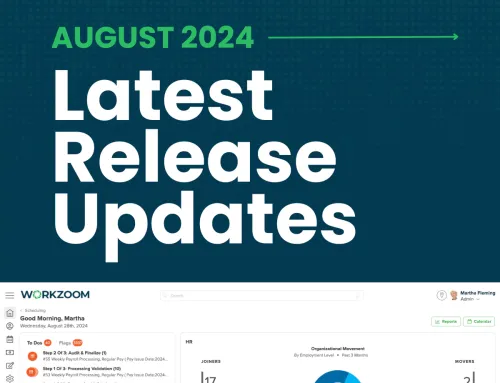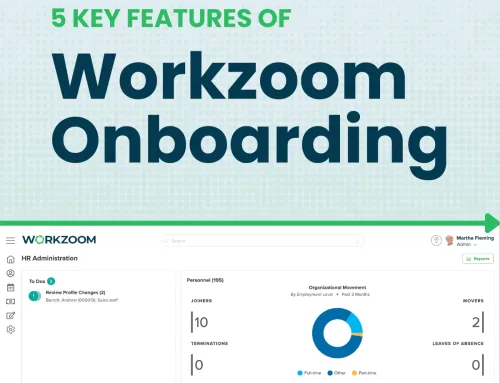In today’s fast-paced work environment, effective scheduling is critical to maintaining operational efficiency and employee satisfaction. Yet, managing schedules can often feel like solving a never-ending puzzle. Overlapping shifts, last-minute changes, and staffing shortages are just a few of the challenges businesses face. To stay ahead, organizations need modern strategies that make scheduling seamless and adaptable. Here’s how you can transform your scheduling processes to better meet the needs of your workforce and your business.
Identifying Scheduling Challenges
Scheduling issues can be a major bottleneck for any business. Overlapping shifts, under-staffed hours, and limited visibility into employee availability all contribute to inefficiency and frustration. Tackling these common challenges head-on is the first step toward optimizing your workforce management. By ensuring optimal shifts, efficient staff allocation, and real-time visibility into your team’s availability, you can create a smoother, more flexible system that benefits both employees and management.
Optimizing Shift Complements
Finding the right balance of skills and availability for every shift is essential to maintaining seamless operations. Utilizing real-time data to match staff qualifications with shift needs ensures that your team is always ready to meet demands. Think of it as putting together the pieces of a puzzle—each role perfectly complements the others, resulting in a well-oiled machine. This approach not only improves shift coverage but also boosts team efficiency and morale.
Streamlining Shift Filling
Last-minute scheduling gaps can throw off the entire day, but filling those open shifts doesn’t have to be a headache. By leveraging modern communication tools like text and email alerts, you can quickly notify employees about available shifts, making it easier to secure coverage. These quick-fill strategies help reduce downtime and minimize the stress of scrambling to fill roles at the last minute.
Simplifying Scheduling with Recurring Patterns
Why reinvent the wheel every week? Implementing recurring shift patterns can significantly cut down on administrative tasks and ensure consistency in your operations. By automating the process for roles that require steady, predictable schedules, you can reduce manual input and provide employees with a clear understanding of their recurring shifts. It’s a win-win for both efficiency and employee satisfaction.
Enhancing Visibility with Reporting
The key to smart scheduling is having access to the right data. Detailed analytics can help you refine your scheduling process by providing insights into employee availability, productivity trends, and overall workforce efficiency. With clear reports, you can make informed decisions that lead to better coverage, fewer scheduling conflicts, and improved operations. Understanding the data behind your scheduling can unlock opportunities to optimize your workforce management.
Integrating Time-Off Management
Managing time-off requests is a crucial part of scheduling, and doing it manually can lead to errors or overlapping absences. A digital system for time-off requests and approvals makes the process more streamlined and transparent. By integrating time-off management into your scheduling system, you ensure that all planned absences are accounted for, helping to maintain optimal coverage and reducing the chance of understaffed shifts.
Empowering Your Workforce
At the heart of every great scheduling system is an empowered workforce. By adopting these modern strategies—balancing shift coverage, streamlining shift filling, automating recurring schedules, and integrating time-off management—you can enhance both operational efficiency and employee satisfaction. Empowered employees who feel supported by a well-organized schedule are more engaged, motivated, and ready to contribute to the success of your business.
Ready to Transform Your Scheduling?
Improving how you manage schedules can have a transformative effect on your business. It’s not just about filling shifts—it’s about creating a system that empowers your team, enhances efficiency, and drives growth. Adopt these strategies today, and watch your workforce thrive.

